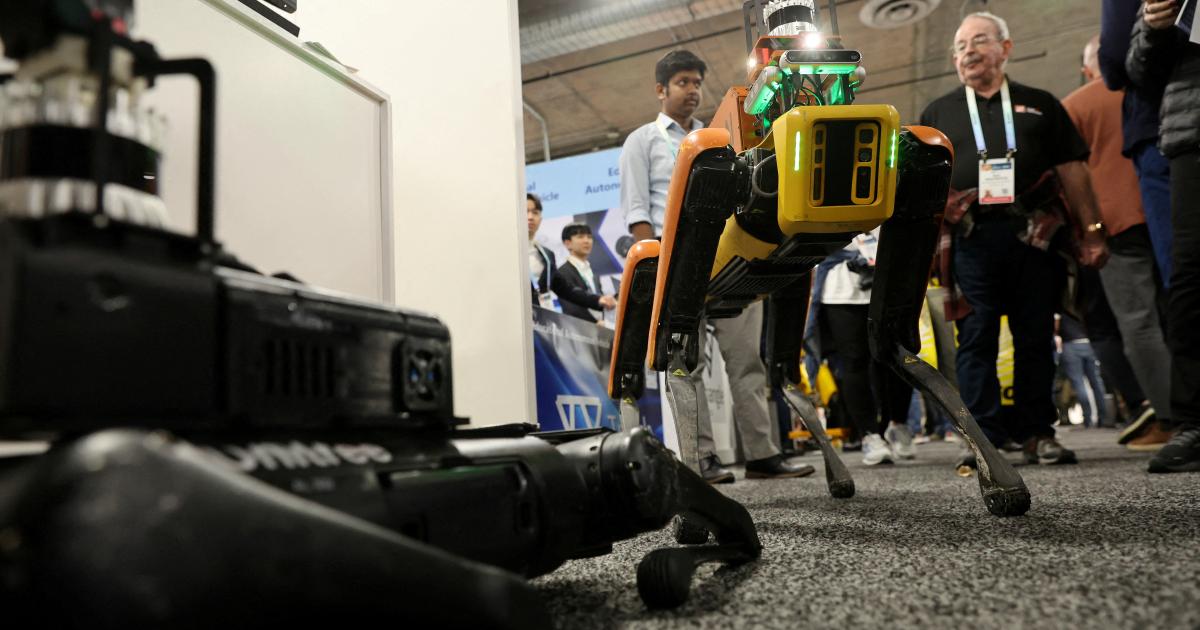The Rapid Progress of Artificial Intelligence
The field of artificial intelligence has witnessed remarkable advancements in the past couple of years. The upcoming years hold even greater promise, with the development of more extensive and efficient models capable of genuine creativity and intricate planning. These advancements are expected to bring about a multitude of benefits, such as increased business productivity, more affordable and efficient healthcare services, groundbreaking scientific discoveries, and personalized educational programs tailored to the unique needs of each child. However, alongside these advantages, there are significant risks to consider. These risks include the spread of misinformation, potential job displacement, and the misuse of this technology by malicious entities to create chaos.
The proliferation of this technology is expected to accelerate rapidly. Consequently, grappling with AI’s inherent tendency to spread uncontrollably will pose a substantial challenge over the next decade. Addressing this challenge will require a concerted effort comparable to the Western response during the early Cold War era. Just as George F. Kennan proposed containing the Soviet Union through a combination of military power and economic and cultural influence, a similar comprehensive approach is needed today to manage AI and maintain societal control. This strategy will involve the establishment of laws and treaties, as well as a global movement and significant changes within technology companies to ensure that AI remains a force for good and does not lead to catastrophic outcomes.
The Inevitable Expansion of Technology
Throughout history, a consistent pattern emerges: every foundational technology, from simple tools to complex inventions like the printing press and the internal combustion engine, becomes more accessible and widespread over time. Human innovation naturally tends towards expansion, with technology becoming deeply embedded in society. The same trend is anticipated for artificial intelligence, which is poised to permeate various aspects of our lives and continue evolving.
As AI progresses, the emergence of autonomous AI agents capable of accomplishing real-world objectives is on the horizon. Referred to as artificial capable intelligence (ACI), this technology represents a significant leap forward, with the potential to revolutionize economic growth and transform various sectors such as healthcare, education, and energy production. While the benefits of ACI are substantial, there are also new risks to navigate, particularly concerning the dissemination of misinformation and the disruption of traditional employment structures. As AI becomes more widespread, both its positive and negative impacts will affect societies worldwide.
The Imperative of Containment
Given the rapid and expansive nature of technological innovation, containing AI’s proliferation and mitigating its adverse effects are imperative tasks. Effective containment strategies must encompass regulatory measures, enhanced technical safety protocols, new governance models, and increased transparency and accountability. Collaboration across various sectors, including government, technology companies, and civil society, is essential to ensure that AI remains under societal control and is utilized responsibly.
While regulation plays a crucial role, containment efforts must extend beyond legal frameworks to encompass technical advancements and ethical considerations. A comprehensive approach is necessary to navigate the complexities of AI deployment and address the challenges it presents. By fostering a culture of responsible technology development and implementation, humanity can harness the transformative potential of AI while safeguarding against its detrimental consequences.
A Unified Approach to Managing AI
The task of containing AI requires a multifaceted approach that engages stakeholders at all levels. From technical experts and policymakers to business leaders and consumers, everyone must play a part in shaping the future trajectory of AI. By fostering collaboration, implementing stringent safety measures, and promoting ethical practices, society can steer AI development in a direction that benefits humanity as a whole.
In conclusion, while the challenges posed by AI proliferation are significant, a coordinated effort involving diverse stakeholders offers a pathway to managing these risks effectively. By embracing containment as a foundational strategy and working collectively towards responsible AI deployment, we can navigate the complexities of this technological revolution and harness its potential for positive change.
- Mustafa Suleyman is a prominent figure in the field of artificial intelligence, with a background in founding innovative companies and exploring the societal implications of technology advancements.










